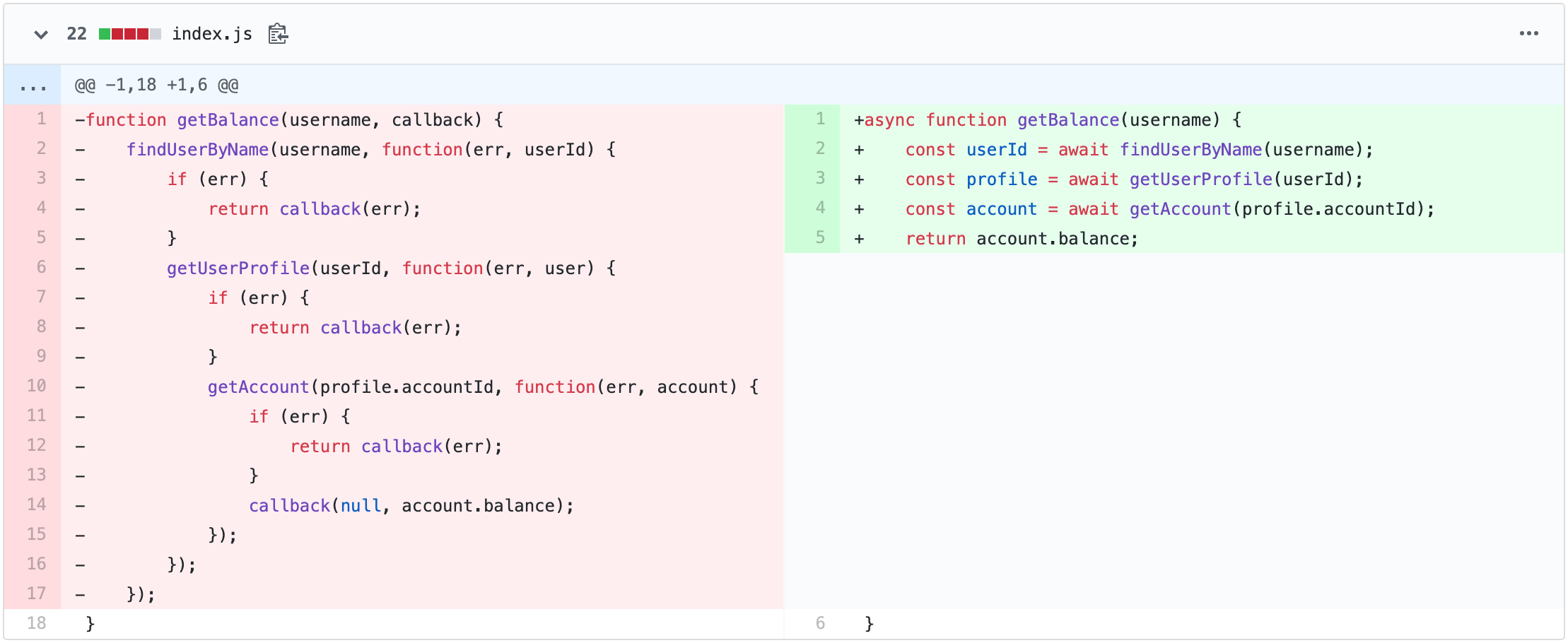How to use Flask with gevent (uWSGI and Gunicorn editions)
Python is booming and Flask is a pretty popular web-framework nowadays. Probably, quite some new projects are being started in Flask. But people should be aware, it's synchronous by design and ASGI is not a thing yet. So, if someday you realize that your project really needs asynchronous I/O but you already have a considerable codebase on top of Flask, this tutorial is for you. The charming gevent library will enable you to keep using Flask while start benefiting from all the I/O being asynchronous. In the tutorial we will see:
- How to monkey patch a Flask app to make it asynchronous w/o changing its code.
- How to run the patched application using gevent.pywsgi application server.
- How to run the patched application using Gunicorn application server.
- How to run the patched application using uWSGI application server.
- How to configure Nginx proxy in front of the application server.
- [Bonus] How to use psycopg2 with psycogreen to make PostgreSQL access non-blocking.



